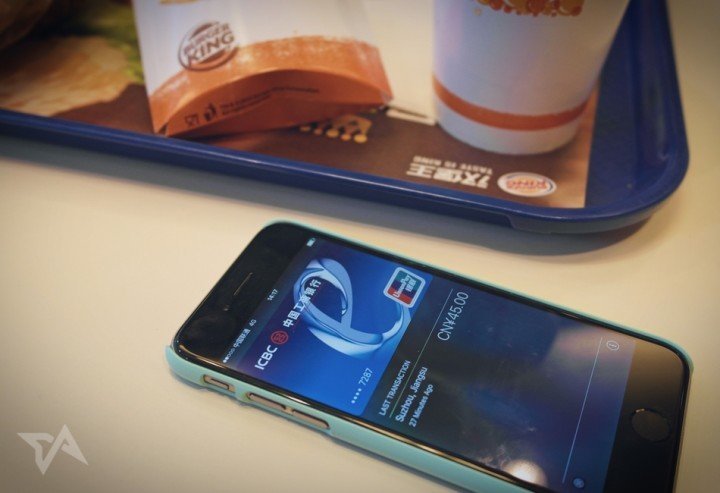
Samsung Pay to enter China tomorrow, is probably screwed
By Erick Crouch for techinAsia.com
Apple Pay rolled out in China last week to a mixed response. Domestic players WeChat Wallet and Alipay have had years to figure out how the Chinese epayments market works, and a new player – especially one that doesn’t offer staple services like discounts, online purchases, and savings accounts – is facing an uphill battle.
But if any foreign company can make a lack of features work to its advantage, it’s probably Apple. It’s probably not, in other words, going to be Samsung – but that hasn’t stopped the company from putting China in its crosshairs, and it plans to launch its payments service in the mainland tomorrow.
Samsung Pay’s biggest selling point won’t entice China
Samsung Pay will launch in China in an open beta, with a full version expected in March. Entering China is part of Samsung Pay’s greater plans for expansion in 2016, where it is also targeting Australia, Brazil, Singapore, Spain, and the UK.
But it’s hard to be optimistic about Samsung Pay’s chances in the mainland.
Firstly, there’s the simple fact that China isn’t like other markets. In the PRC, users don’t treat mobile payments as an easier way to access their bank accounts and credit cards: they use them instead of those services.
The Korean manufacturer is just not very popular in China.
Alipay and WeChat both offer savings accounts, discount schemes, and integrated payments for a wide variety of services – and that’s before you even get to their nationwide acceptance at conventional retail points. There are entire industries – like taxis – that accept cash or epayments, but don’t have the hardware to swipe a card.
So Samsung Pay’s boast that it can be accepted in most places that can swipe a credit card may be a good sell in America, but don’t count on that drawing in too many Chinese users, who are largely uninterested in using those cards in the first place.
But the second, and more important, thorn in Samsung’s side is that the Korean manufacturer is just not very popular in China. While it enjoys a comfortable position as one of the world’s biggest smartphone producers, Samsung didn’t even make the top five brands in China, in terms of units shipped in 2015.
Last year, China’s biggest smartphone customers flocked to: Xiaomi, Huawei, Apple, Oppo, and Vivo. I can barely bring myself to write the following sentence because it seems too weird, but here we go. Based on 2015 figures, Oppo Pay – which doesn’t exist – has a better chance of catching on in China than Samsung Pay.
China is different
China is arguably the world’s most advanced country for epayments. Users in the mainland have grown to trust Alipay and WeChat Wallet as much as – and probably more than – those in other countries trust HSBC or Barclays.
That trust was earned by Tencent and Alibaba, both of which invested heavily into robust feature suites that spanned the gamut of possible demands. Everything from ordering a massage to donating to a charity can be done within WeChat’s Wallet service, and Chinese users have grown accustomed to payments services that are far more than just a debit card’s information stored within a cell phone.
WeChat Wallet and Alipay also both work on any phone you can throw at them. So however China’s top 5 ebb or flow, those platforms can count on their continued place at the top.
Samsung Pay comes up short for the advanced features that Chinese consumers desire, lacks the brand loyalty that may save Apple, and only works on phones produced by the country’s sixth most popular brand. That doesn’t sound like a winning recipe.

Apple Pay used at a Burger King in China today to make an in-store payment.





